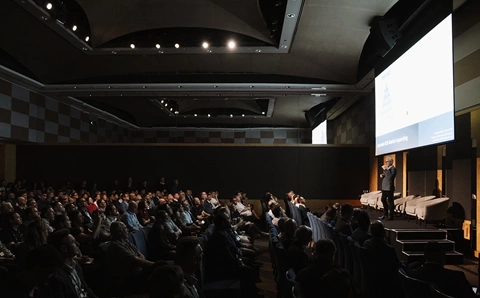Andy Nolan, Thoughtworks Director of Emerging Technologies
CRN Australia: How can we get better results from LLMs?
Andy Nolan: The industry today grapples with a major challenge: how to gauge the performance of systems that leverage Language Learning Models (LLMs). These evaluations help us understand if the system is providing the answers we expect it to provide. While creating a proof-of-concept (POC) with a prompt that’s about 80 percent accurate is relatively easy, perfecting the final 20 percent is where things get tricky.
To address evaluations challenges, Thoughtworks recently acquired a company called Watchful. Watchful specialises in unstructured data labelling and does advanced research into LLM evaluation techniques. With countless input and output possibilities, the industry standard technique of unit testing style LLM evaluations isn’t going to be sufficient. Watchful’s research explores novel techniques to provide reliable evaluations of LLMs output, avoiding embarrassment when the rubber hits the road.
CRN Australia: Where have you seen the most adoption of Gen AI?
Andy Nolan: The banking, finance, and insurance sectors are leading the way in adopting generative AI. This might not make sense at first because generative AI models don't give predictable results, and these sectors are tightly regulated. However, these industries must offer and manage very complex products effectively, and that’s driving their accelerated adoption of generative AI.
Typically, businesses that sell complex products have high costs for customer service. For instance, when someone buys an insurance policy, the initial costs are low. However, when a claim is made, such as after a car accident, the call centre agent must assess and understand all the details of the policy in real-time while talking to customers. Ensuring that agents handle these situations accurately and reliably incurs significant cost for the insurance company.
Generative AI has the potential to significantly impact how agents manage and assist customers with complex products. In sectors like banking, loans, and insurance, where agents must navigate extensive terms and conditions, AI can enhance their performance by streamlining information retrieval, expediting call resolution, and reducing the need for follow-up communications—all critical metrics for call centers.
CRN Australia: How can success with Gen AI be measured?
Andy Nolan: For solutions where the processes and metrics are already well established, such as a generative AI solution that helps call centre agents answer customer queries, measuring success becomes fairly straightforward. However, for solutions where value is not objectively measured, determining metrics can be difficult. As an example, if a marketing department utilises generative AI to develop campaigns, it can be challenging to measure quantitatively the impact of the solution.
We recommend starting with solutions where the impact of generative AI is easy to measure and monitor, before moving on to more complex ones. By focusing on areas with established metrics, you can more easily quantify AI’s benefits. Measuring overall productivity improvements across an entire organization is more complex and challenging to quantify.
CRN Australia: What should organisations consider when it comes to using AI responsibly?
Andy Nolan: Responsible AI discussions often focus on fairness, bias, and training data, such as whether customers or employees are aware they are interacting with AI or reading AI-generated news. However, user experience is often overlooked. Whether the customer is an internal employee or an external user, it's crucial that they understand how they are interacting with AI. Responsible AI needs to be part of the user experience design, not an afterthought. It could be a call center scenario: Am I talking to a bot or am I talking to a human? It's really important to design systems where this transparency is clear to the user.
Viewing responsible AI through the lens of the user journey helps in understanding the broader implications. It ensures that developers are conscious of how they use data and the impact of their AI systems. This user-centric approach is crucial for maintaining ethical standards and fostering trust in AI technologies.
CRN Australia: Is there an opportunity for Thoughtworks to work with MSPs on Gen AI?
Andy Nolan: The managed service space represents a significant opportunity for leveraging AI to deliver more value and we have observed rapid growth in this area at Thoughtworks. Our role can vary from building and maintaining systems to modifying them so they can be effectively managed and monitored by AI. Our goal is to reduce our clients’ total cost of ownership while continuously enhancing the systems' reliability and adding new features over time.






_(11).jpg&h=142&w=230&c=1&s=1)





.jpg&w=100&c=1&s=0)
_(8).jpg&w=100&c=1&s=0)









